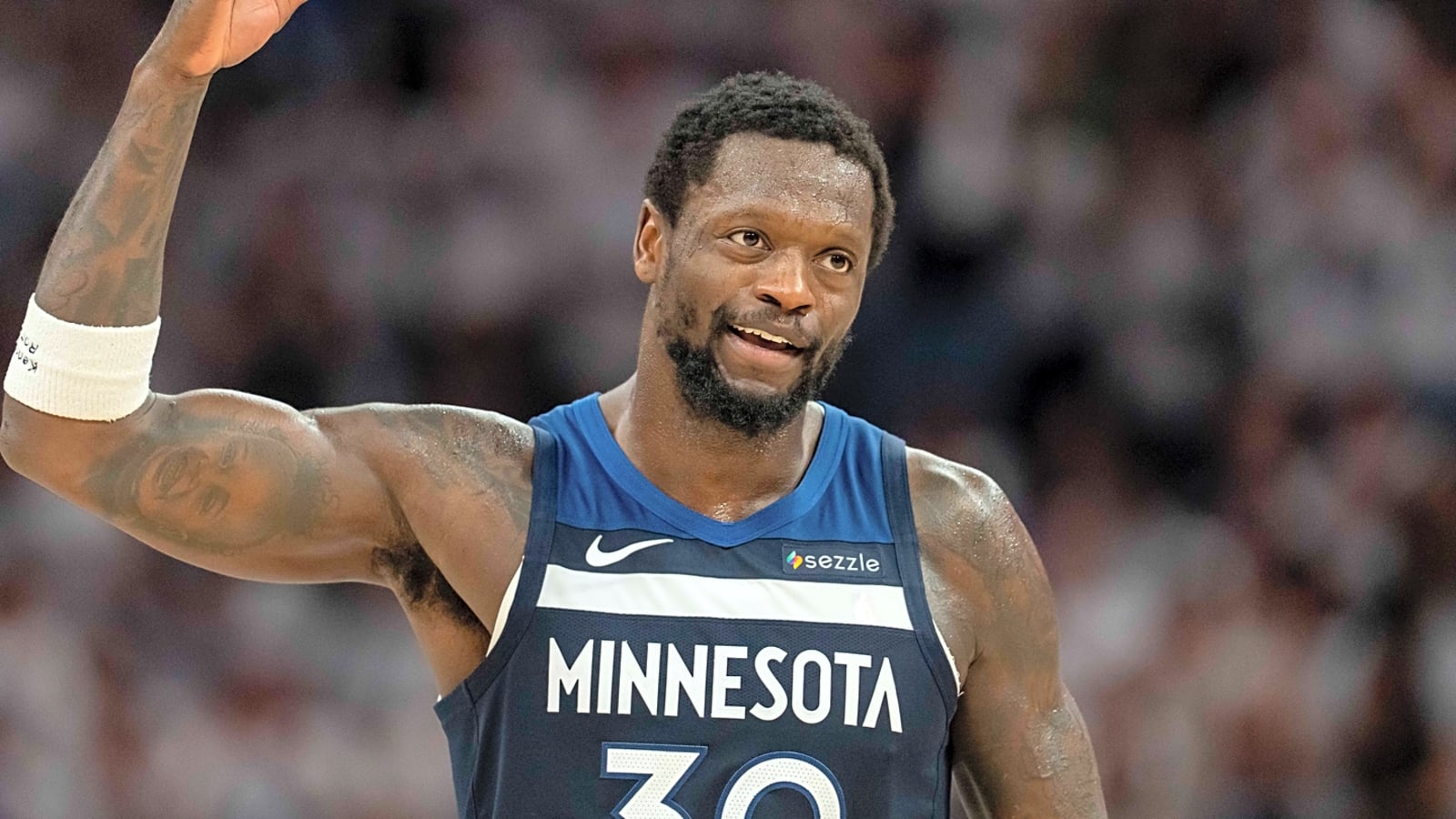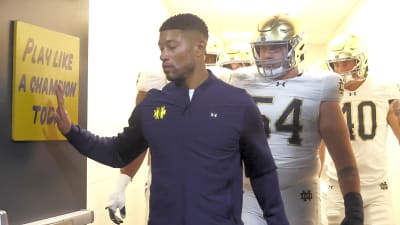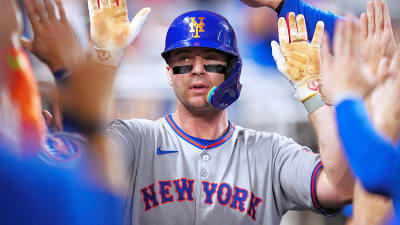
Julius Randle is rewriting his narrative
This wasn’t supposed to work. Not this well, anyway.
When the Minnesota Timberwolves traded former top pick Karl-Anthony Towns to New York for a package headlined by Julius Randle, the prevailing thought was that this was a long-term cap management move made with the newfangled aprons in mind. Randle’s fit with his new team was secondary and, when it was addressed, considered rather clunky.
A noted ball stopper with a questionable jumper and a defensive sieve who offers no rim protection, he was expected to mess up a successful Wolves blueprint – one that took them to the conference finals last season - at both ends of the court.
A poor start from Randle, one that saw his apparent clogging of Anthony Edwards driving lanes result in the latter launching more than 10 threes per game, mixed with a February injury absence led to rumors that Minnesota would look to move Randle at the trade deadline. Randle averaged his lowest points per game since 2018, with career lows in boards and blocks.
The prevailing thought was that Randle was costing the Wolves another year of Edwards’s early prime and – importantly - Rudy Gobert’s late prime. Three months later and those reports feel like an age ago.
The Wolves are back in the conference finals, their series with Oklahoma City beginning on Wednesday, and Randle will be front and center. The 30-year-old is in the form of his life right now. After putting a tick over 22 points a game on the Los Angeles Lakers, the team that drafted him in 2014, he poured in 25.2 points (at an effective 57.8 percent shooting), 6.6 rebounds and 7.4 assists on Golden State in the second round.
Randle has absorbed a ton of flack over his career, much of it deserved. He, like many high draft picks, has had an outsized opinion of his own abilities, manifesting in a tendency to pound the air out of the ball as he crashed and bashed his way into double teams or launched ill-advised contested jumpers.
To be clear, Randle is no scrub. He has made three All-Star appearances and has a pair of All-NBA nods to his name. Prior to this season, he had averaged 20+ points in five of his previous six campaigns, the odd one out falling short by just half a point. He can clearly score. The issue has always been efficiency and his habit of looking off teammates to call his own number. In New York, that would mean trying to score over practically an entire defense.
After a few months of acclimation, Randle has settled into a more suitable role as a second option in Minnesota. Always an underrated playmaker (when the mood took him), Randle is slinging passes all over the floor, rewarding the cadre of shooters around him and exploiting the elite vertical spacing that Gobert offers. He is also using that space to pick his spots for his own shot more judiciously. A physical beast with boulders for shoulders, no lesser a defender than Draymond Green had precious little joy in trying to stop Randle this post season.
With defenses rightly focused on Edwards and Mike Conley, Randle’s scoring and playmaking have been imperative to the Wolves' success, as coach Chris Finch acknowledged.
“It’s really what turned our season around was his playmaking… He gives us almost another point guard out there…
— Timberwolves Clips (@WolvesClips) May 11, 2025
It’s everything for us, it’s been everything for our turnaround, and it’s everything for our team”
- Coach Finch on Julius Randle’s playmaking pic.twitter.com/tx9NpwgBDP
While the sheer length of the Thunder’s Isaiah Hartenstein and Chet Holmgren present a whole new riddle to solve, Randle’s narrative has been rewritten, a talented player finally in the right role and rightly getting his due.
More must-reads:
- NBA conference finals matchups guarantee end of a long title drought
- The 25 best NBA teams from the 2010s
- The 'Most points in an NBA playoff game for each franchise' quiz
Breaking News
Trending News
Customize Your Newsletter
 +
+
Get the latest news and rumors, customized to your favorite sports and teams. Emailed daily. Always free!








